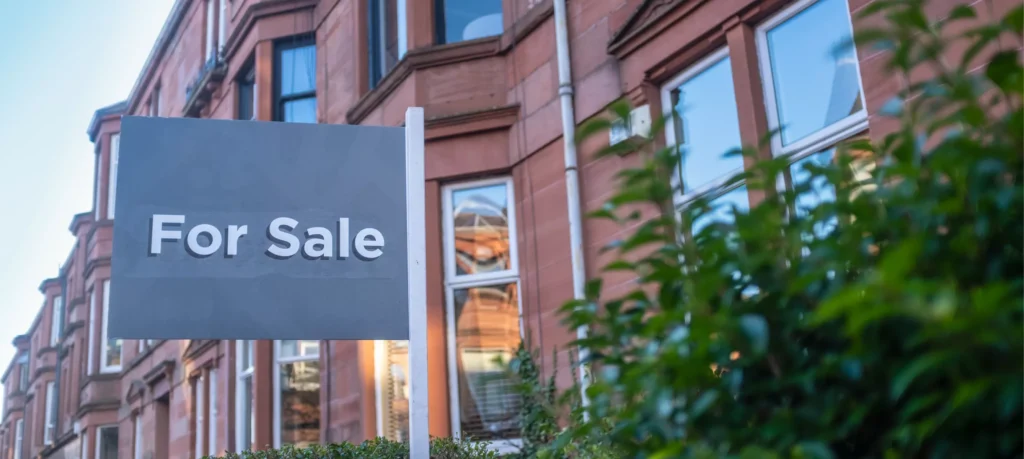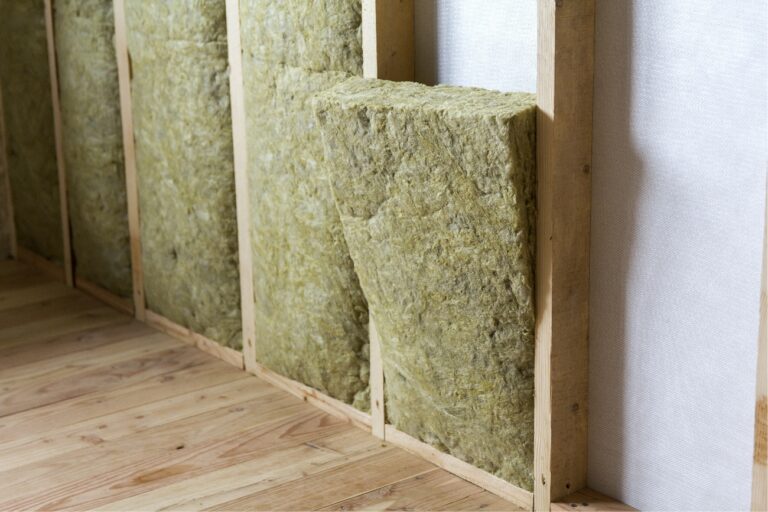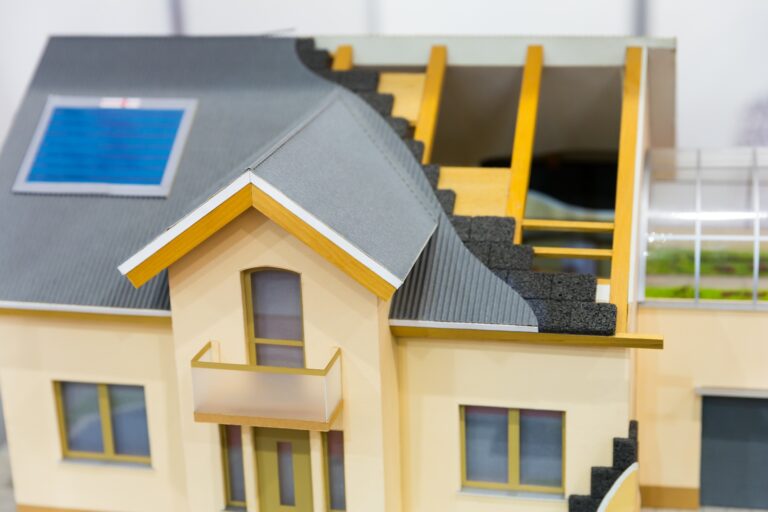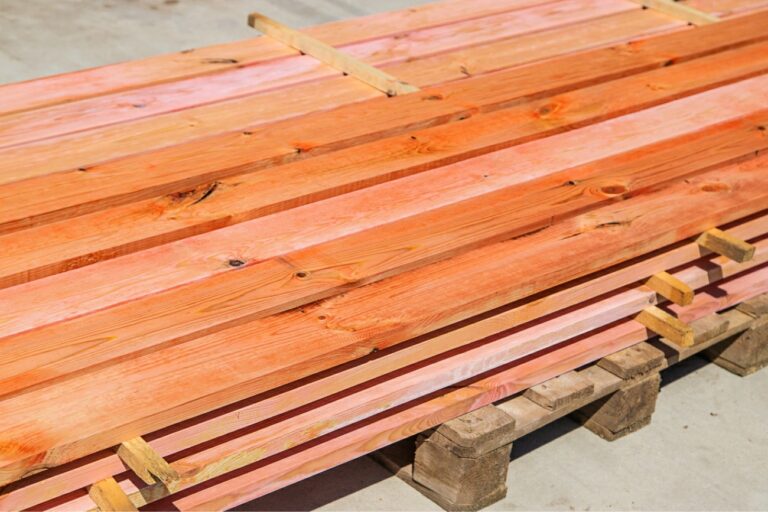Damp proofing
At Go2 we are experts in diagnosing, treating & preventing Damp
There are three primary causes of structural damp
RISING DAMP
Rising damp occurs when moisture is absorbed through the ground and rises vertically into the walls. This occurs by capillary action and results in damp as the moisture attempts to find a means of evaporation. This damp left unchecked will continue to spread.
PENETRATING DAMP
Penetrating damp is caused by water penetrating the brickwork. This might be due to leaking gutters and downpipes, defective flashings and other external issues such as brittle brickwork mortar. It is important to be one step ahead of this damp as it can cause structural issues.
CONDENSATION
Condensation occurs when warm air and excess moisture is trapped without proper ventilation. Trapped moisture builds up particularly on cool surfaces, such as windows, walls and furniture. Condensation creates the ideal conditions for mould to grow.
Ready to get started? Simply fill out the form and our team will contact you shortly to arrange your damp survey in Surrey. We aim to respond the same day, but if your enquiry is urgent, please call us on 01904 791388 for immediate assistance.
What is Rising Damp?
Rising damp is a phenomenon where moisture starts at the lower portion of an internal wall and gradually ascends upwards, driven by capillary action. The porous materials, such as bricks, mortar, and cement in the ground floor and internal walls, absorb water like a straw, causing the internal wall to remain persistently damp. This damp environment fosters the growth of mould and can even cause structural damage.
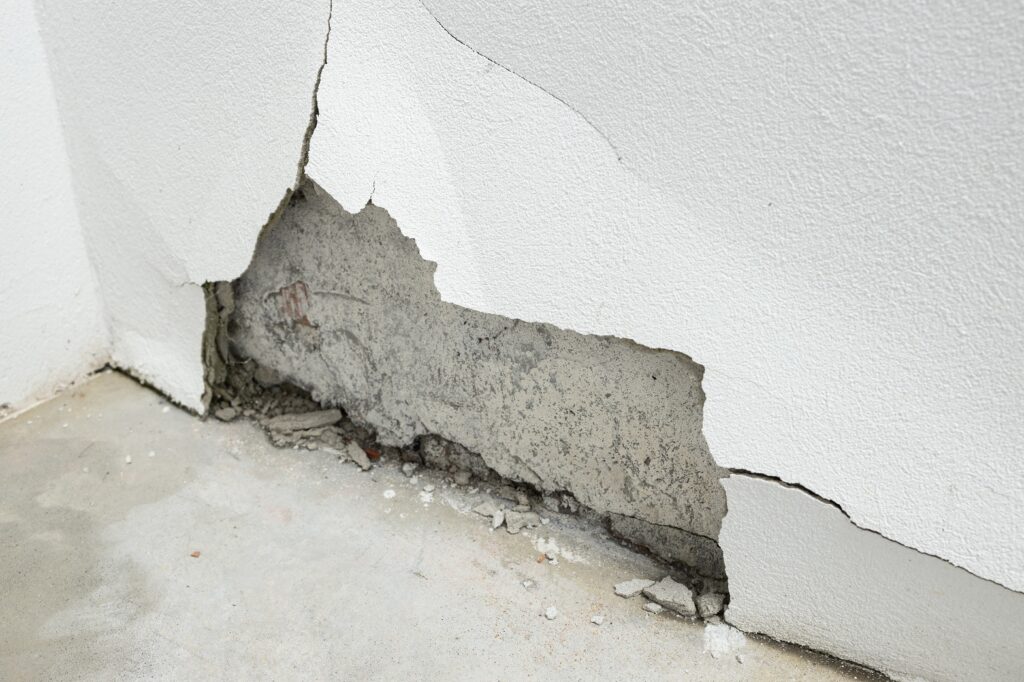
To prevent rising damp, damp proof courses (DPC) are installed to block water from being drawn up through the brickwork. However, over time, DPCs may deteriorate, increasing the likelihood of rising damp issues in older properties. Additionally, rising damp can be identified in properties where ground levels have been altered, for example, by the installation of a new driveway or path that compromises the DPC and provides a pathway for moisture.
Signs of Rising Damp Include:
Tidemarks & staining, Peeling wallpaper, Damp or musty odour, Rotting of skirting boards, Black mould and Crumbling mortar.
Rising damp can lead to both superficial damage to internal walls and more severe structural damage to timber and masonry. Moreover, it creates a favourable environment for mould growth, which can pose health risks to you and your family. To safeguard your property and well-being, addressing rising damp with expert assistance is of utmost importance. Fortunately, at GO2 we offer a range of cost-effective solutions to combat rising dampness. Contact us today to find out more.
damp is linked with pests and mould, there is always a risk to your health
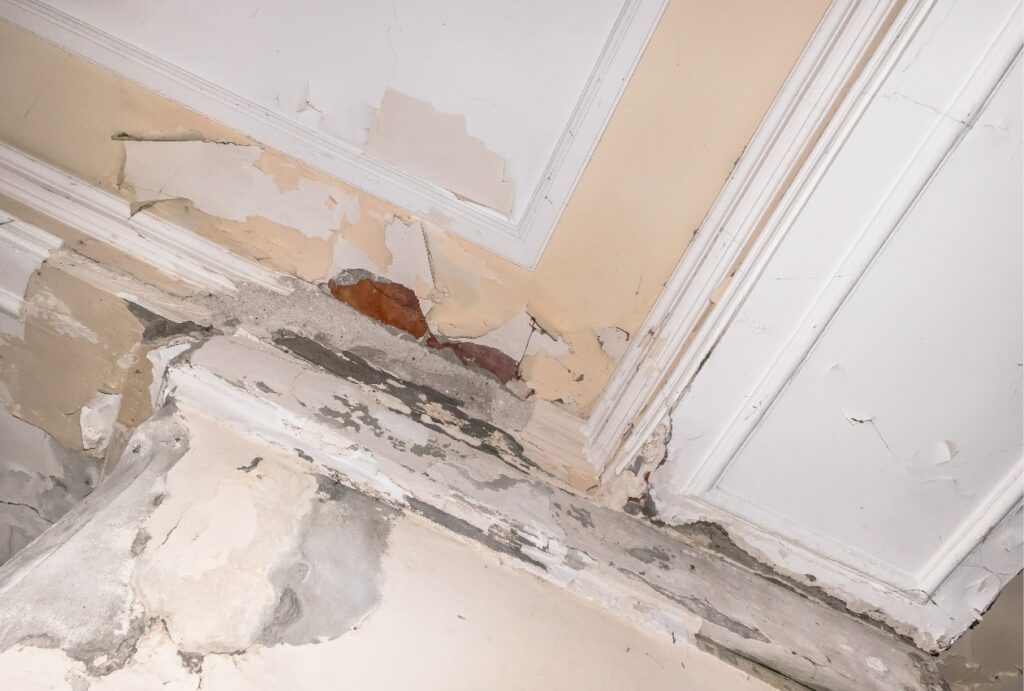
What is penetrating damp?
Penetrating damp, also known as lateral damp, occurs when moisture infiltrates the walls, roof, or below-ground areas of a building. Similar to other types of damp issues, if left untreated, it can lead to structural problems and significant damage to your home’s fabric.
Neglecting a penetrating damp problem can result in the deterioration of your property’s fabric, causing harm to walls, floors, ceilings, and even leading to timber rot.
Unlike rising damp, which is limited to certain levels, penetrating damp can occur at any level of your property, affecting buildings of any age. Older properties with inadequate maintenance are particularly susceptible to damp-related issues that deteriorate the building fabric. However, modern buildings may also suffer from dampness in walls due to defective workmanship or design.
Penetrating damp can manifest as isolated patches or affect entire wall areas. Its severity may worsen after heavy rainfall. Living in the UK exposes your home to the risk of rainwater penetration, with areas exposed to severe weather conditions or defects in the property, such as missing roof tiles or defective render, gutters, and downpipes being more vulnerable.
Signs of Penetrating Damp Include:
Damaged/misshapen plaster, Localised dampness, Mould growth, Damaged internal decoration, Rotting floor timbers or skirting boards
GO2 Property Services take pride in having a skilled team ready to assist you in eliminating any damp issues in your property. When our surveyors visit your property, they will conduct a thorough survey to identify the root cause of the problem.
We combine both traditional building techniques and modern repair systems, ensuring your property remains dry and protected. Depending on the specific situation, we may apply a physical membrane or use chemical water repellents to prevent the problem from recurring.
Once the damp issue is resolved, the property will require time to dry out. If necessary, we will consider using specialised drying equipment to facilitate the drying process, ensuring the property’s complete restoration. Our goal is to provide a comprehensive and effective solution to eradicate damp problems and safeguard your property’s well-being.
Ready to get started? Simply fill out the form and our team will contact you shortly to arrange your damp survey in Surrey. We aim to respond the same day, but if your enquiry is urgent, please call us on 01904 791388 for immediate assistance.
We can help prevent
- WET & DRY ROT
- MOULD
- HEALTH RISKS
- PEST INFESTATIONS
What is Condensation?
Condensation is a physical process that occurs when warm, moist air comes into contact with a colder surface, causing the air to release its excess moisture in the form of water droplets. It is a common occurrence in daily life, especially during colder weather or in environments with poor ventilation. When warm air containing water vapour cools down upon contact with a cooler surface, such as windows, walls, or mirrors, the air loses its ability to hold all the moisture, leading to condensation.
Condensation can lead to various issues, such as foggy windows, dampness on walls, and the promotion of mould and mildew growth in areas with poor ventilation. Proper ventilation, insulation, and moisture control are essential in managing and preventing condensation-related problems in living spaces.

Signs of condensation Include:
Water droplets or moisture on windows, Foggy or misty windows, Damp or wet patches on walls and ceilings: Condensation can lead to damp or wet patches on walls and ceilings, especially in poorly ventilated areas or rooms with high humidity, Mould growth, Musty or damp odour, Peeling wallpaper or paint, Moisture on surfaces, Allergy or respiratory symptoms
GO2 Property Services treat condensation through a combination of methods aimed at reducing moisture levels and improving ventilation. The specific approach used may depend on the severity of the condensation issue and the underlying causes.
Condensation-related damp issues require distinct treatment compared to other types of damp problems. As condensation often results from everyday activities, several straightforward measures can help mitigate its effects, such as refraining from indoor clothes drying and ensuring unblocked air vents. An effective solution for condensation problems involves the installation of a Positive Input Ventilation system (PIV). This system promotes better air circulation, reducing moisture buildup and effectively addressing condensation concerns in the property.


